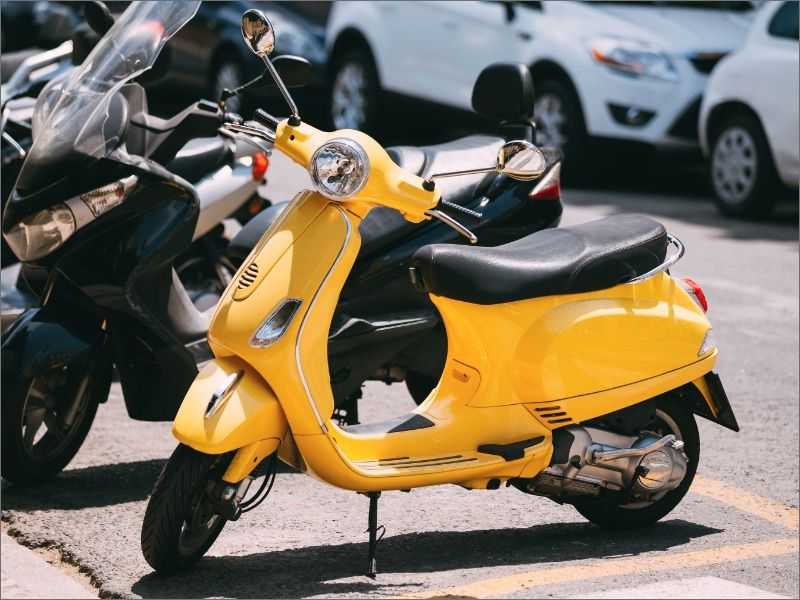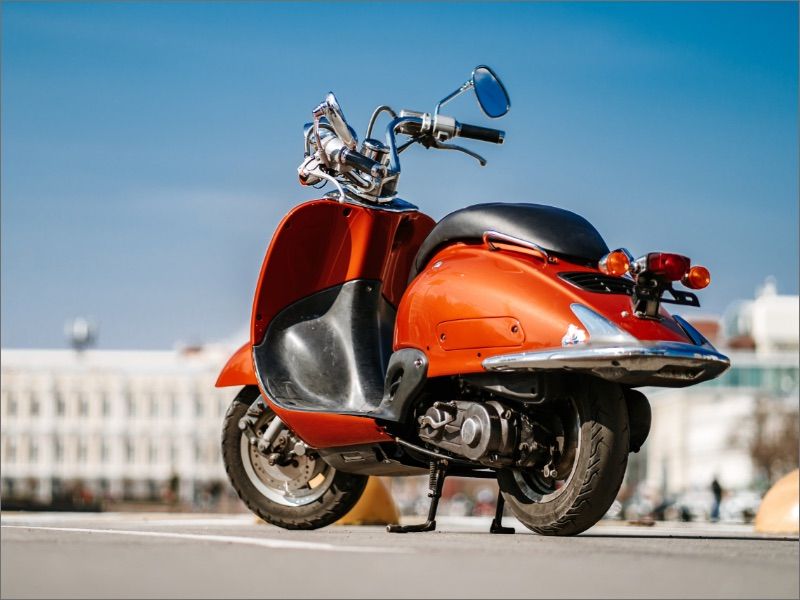Scooter and Moped Insurance
Scooters and mopeds are extremely common on UK roads and account for around one in three new two-wheel registrations in the UK. They’re cheap to buy, cheap to run and generally cheap to insure. They’re also one type of bike that all riders can ride, whether you have completed Compulsory Basic Training (CBT) or passed one of the motorcycle tests.


Why are scooters and mopeds so popular?
Making bike insurance easy since 2006
Do you need insurance for scooters and mopeds?
Types of scooter and moped insurance
Moped and Scooter Insurance Levels Explained
Making bike insurance easy since 2006
FAQs
There’s no concrete guarantee that anything you do will affect your premium, as it’s based on so many factors, but generally, if you have a full driving licence you’ll pay less for insurance than if you are riding on a CBT alone.
This is because insurers see a full driving licence as proof of your experience, meaning you might pose less of a risk on the road.
There are lots of things you can do to try and get moped or scooter insurance cheaper. If you’re riding on a provisional licence having passed a CBT, passing a driving test to become fully licenced could make a difference.
You can also apply the same methods that generally work to reduce the cost of any bike insurance, including building a no-claims bonus or investing in security features like an electronic immobiliser.
There’s no one-size-fits-all advice here. Insurance extras or add-ons for mopeds and scooters – such as breakdown cover, European driving insurance, and pillion cover – might be essential to some riders, and others might not need them at all.
When you compare moped or scooter insurance quotes with The Bike Insurer, check out what insurance add-ons are available to you and make an educated decision on whether you need any. Remember that they’ll almost certainly make your premium higher and weigh up the benefits with the cost.



